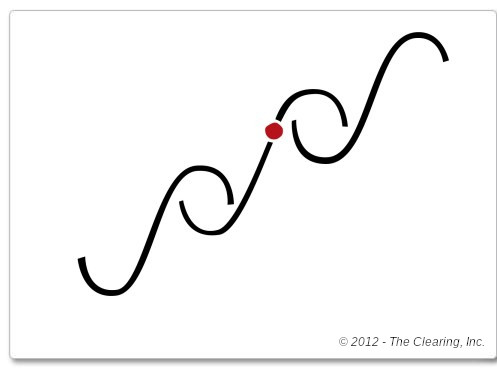S-Curves
Lead people to a shared sense of ‘now’.
All systems follow the same pattern of investment, growth, peak performance, and decline. This is true whether the system is a sports team, a business, or the Roman Empire. No system can escape this truth.
In order for people in the system to thrive, they must recognize when the system is approaching the end of its life cycle and ‘jump’ to the next S-CURVE. However, the jump must happen when trailing indicators, last months financial reports for example, are still positive.
The key is to jump while there are still good times ahead! It is the yield from the existing S-CURVE that funds the investment necessary to figure out the new S-CURVE and achieve the scaling phase. Leaders have an uncanny instinct to jump at the perfect time – and it’s usually when lagging and leading indicators both look good.
IN ACTION
Ask yourself and others two questions:
- Do we need to change?
- If we do need to change, how fast?
S-CURVES visually show the answers to both of these questions, and provide a useful tool for establishing a shared sense of ‘now’ in a group.
SO WHAT?
A group that has a shared sense of ‘now’ is best prepared to make changes for the future before it is too late. Timing the jump to the next S-CURVE properly keeps you ahead of the competition and mitigates downturns in business.

